by L. Taylor Damonte, director of the Clay Brittain Jr. Center for Resort Tourism, Coastal Carolina University
The trend lines for the 52-week moving average rate of change for lodging reflect the direction and rate of change in lodging business performance. The graphs show the 52-week average rate of change during each rental week between Nov. 17, 2013, and Nov. 17, 2018. Each point on the lines reflects the 52-week average rate of growth (or, if below zero, the rate of decline) in business performance at one historic moment in time. The slope of the lines reflects the rate of increase or decrease in the rate of change from week to week. The metrics being analyzed by the center are the 52-week average rate of change in average percent occupancy (APO), average daily rate (ADR) and average revenue per unit. Results for two combined segments of the transient lodging industry are shown. These are the nightly-rented hotel, condo-hotel and campsite (HC-HC) segment, which consists of sleeping spaces rented on a nightly basis, and vacation rental properties (VRPs), which are both home and condominium units, that are rented on a weekly basis. Calendar rental weeks are numbered 1-52 and are indicated on the horizontal axis of the graphs. Peaks and troughs in the 52-week average rate of change for each metric are labeled for ease of reading. For the Brittain Center’s sample of HC-HC properties the 52-week average rate of change in average percent occupancy began improving in mid-June 2018 and peaked in mid-September this year, which coincides with the timing of Hurricane Florence’s landfall in the Carolinas. It now rests at negative 1.8 percent, which is just below its long-term rate of growth of positive 1 percent during the most recent five years. The moving average rate of change for average daily rate (ADR) for HC-HCs now rests at negative 0.4 percent, which is well below its long-term rate of change of 4.7 percent. Readers may also note brief dips or spikes in the trend lines, such as the spike that occurred during week 15 of 2018, during which the Easter holiday fell two weeks earlier on the calendar than it had in 2017.
After falling as low as negative 4.6 percent by mid-October 2018, the 52-week moving rate of change in average percent occupancy (APO) for the Brittain Center’s scientifically random sample of Horry County VRPs (217 units weekly) has been rising and now stands at negative 1.6 percent. After peaking at 4.6 percent at the end of May 2017, which was well above its long-term average rate of change of 1.5 percent, the 52-week rate of change in average advertised price (AWR) bottomed in mid-June 2018 and now stands at negative 1.1 percent.
The 52-week average rate of change in revenue per available unit (RevPAU) for the Center’s sample of nightly-rented hotels, condo-hotels, and campsites and has been falling since Hurricane Florence came ashore in the Carolinas. The rate of change for this metric now rests at negative 2.3 percent. The long-term rate of change for the metric since Nov. 17, 2013, has been 1.7 percent. For the weekly rented VRPs, the 52-week average rate of change in RevPAB now stands at negative 1.7 percent. The long-term average rate of change for this metric since Nov. 17, 2018, has been positive 1.3 percent.
The performance trends described herein are representative of two discrete lodging industry categories grouped only by their most common rental period, nightly or weekly rental. Each of the product and rental categories within these two groupings may exhibit different levels of performance strength, either under-performing or out-performing the segment averages reported herein during any period. Companies participating in CCU’s lodging industry research have access to segment-level results and are therefore able to evaluate the performance of more narrowly defined industry groups.
If you represent a lodging management company and you would like to become a participant in the centers’ research and receive weekly segment-level results and six-week occupancy forecasts, feel free to contact Taylor Damonte, tdamonte@coastal.edu, at Coastal Carolina University.

